Maintaining proper tire inflation is relatively simple and essential to the overall tire performance of your vehicle. A properly inflated tire will provide longer life, quicker steering response, better fuel efficiency and a smoother ride than an improperly inflated tire. Both underinflation and overinflation can cause headaches like premature treadwear and possible tire failure. The best way to ensure you're getting the most out of your tires is to check your tire pressure on a monthly basis.
Knowing how to use a tire pressure gauge is very simple. Here’s how to check tire pressure and refill your tires.
Items You Need When Checking Tire Pressure
Tire pressure gauge
Air compressor
Pen and paper
Your tire pressure gauge can be digital or standard. Auto parts stores typically carry both. Many auto parts stores sell portable air compressors that run from your car battery or 12v power port. Alternatively, you can use the air compressor found at most gas stations. They usually cost $0.50 or $1.00 to use.
Vehicle manufacturers specify PSI – literally “pounds per square inch” of pressure – assuming tires are cold. Tires are considered cold when the vehicle has been parked for three hours or more, or if the vehicle has been driven less than a mile (1.6 km) at moderate speed. PSI is the unit your pressure gauge uses to provide readings.
Look on the driver’s side door jamb or your owner’s manual to find the recommended cold tire PSI for your front and rear tires. If you cannot find it, you should consult your vehicle dealer, manufacturer, or a qualified tire professional.
If your front and rear tires require different pressure levels, write down the correct PSI for each to avoid getting confused as you move around your vehicle checking tire pressure.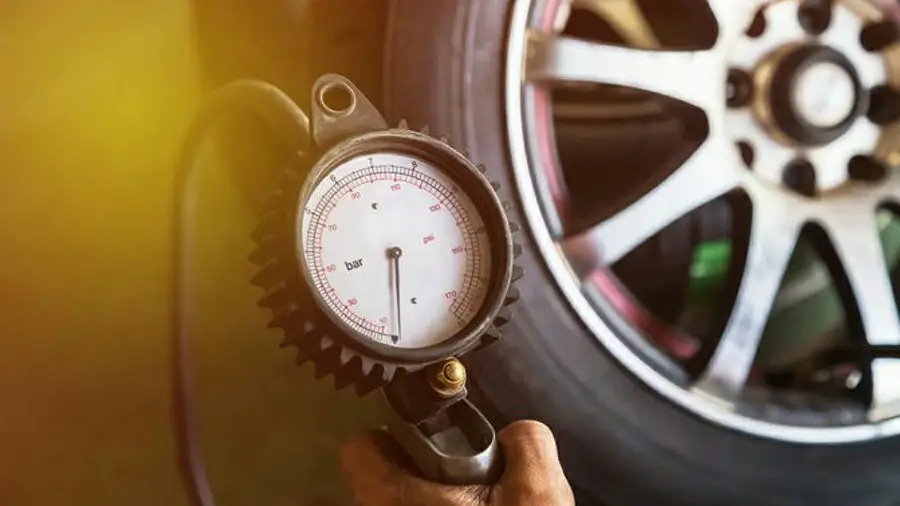
Remove the valve cap from one of your tires. Then place the pressure gauge on the valve stem and press down hard enough so the hiss sound disappears and your gauge provides a reading. With a standard gauge, the air pressure will push a small bar out from the bottom of the gauge. Measurement units are etched into the bar. A digital gauge will show you the reading on a screen.
Write down the reading and repeat this process for all four tires.
Use an air compressor to refill any tires with low pressure. Many air compressors are different, so read directions carefully to be sure you’re using it correctly.
If you’re using the air compressor at a gas station, be sure to park so that the hose will reach all four tires. Insert change into the machine until you hear the motor running. Fill each tire by placing the end of the hose over the valve stem and pressing on the lever.
Using a gas station air compressor means your tires might be “hot. ” If it is necessary to adjust inflation pressure when tires are “hot”, set their pressure to 4 psi (14 kPa) above the recommended cold inflation pressure. Recheck the inflation pressure when the tires are cold.
” If it is necessary to adjust inflation pressure when tires are “hot”, set their pressure to 4 psi (14 kPa) above the recommended cold inflation pressure. Recheck the inflation pressure when the tires are cold.
After filling your tires, use the gauge to check pressure again. At this point, it’s ok if you overfilled the tires because you can always let some air back out. Never drive on overinflated tires. Overinflation can result in decreased traction, premature wear, and decreased impact absorption.
Make the above procedure a monthly ritual. Regularly checking your tire pressure is the best way to ensure your tires never dip far below the optimal PSI.
Accuracy matters and you should keep that in mind when choosing a gauge. For just a few dollars, you can find a quality, accurate tire pressure gauge that gives accurate readings. If you’re not sure which one to purchase, ask a professional technician which he or she prefers.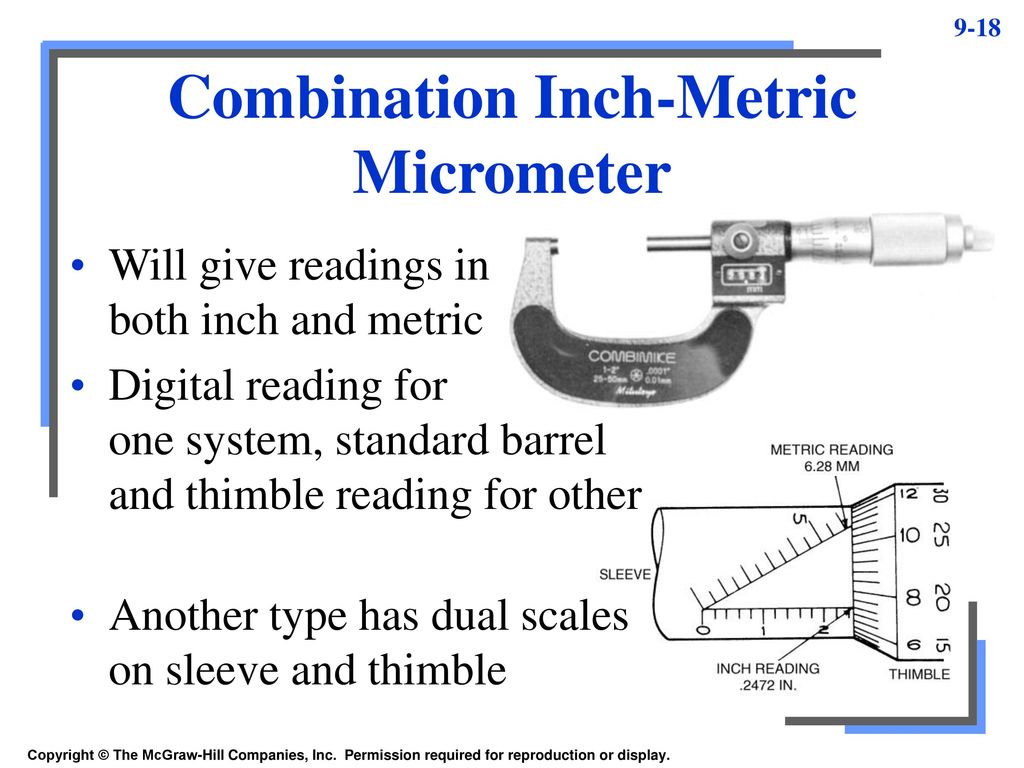
A digital tire pressure gauge will provide accurate readings, but don’t forget that it operates on a battery. If you think having to replace the battery will prevent you from using it, it’s best to go with a standard gauge.
It’s best to use your personal tire gauge versus those available attached to air hoses at service stations. Of all the pressure gauges out there, they’re the most likely to be weathered, and possibly inaccurate.
There’s never a good time for a flat. That’s why Bridgestone DriveGuard tires are masterfully engineered to keep you moving for up to 50 miles at speeds up to 50 MPH without disruption.
There’s never a good time for a flat. That’s why Bridgestone DriveGuard tires are masterfully engineered to keep you moving for up to 50 miles at speeds up to 50 MPH without disruption.
See Details Find Your Fit
Photo: istockphoto. com
com
Driving is a luxury that many people across the country enjoy, but if proper care isn’t taken to maintain a vehicle, it can result in rapid wear, part failure, and poor control. Tires are one of the features of a car that can sometimes be overlooked, but it’s important to ensure that you know how to use a gauge to check tire pressure. Underinflated tires increase braking distance, reduce steering control, and accelerate tire wear, which can result in complete tire failure. Overinflated tires are not as hazardous, but they can still increase tire wear, affect the wear pattern of the treads, and reduce control. To ensure that your tires are not under- or overinflated, it’s necessary to understand how to use a tire pressure gauge.
Tools & MaterialsIt’s best to check the tire pressure when the tires are cold, such as first thing in the morning or after the vehicle has been parked in the shade for several hours.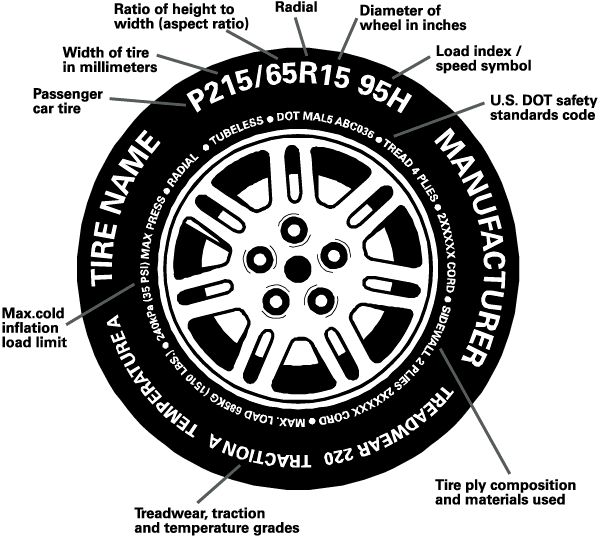 This helps to increase the accuracy of the readings. In order to test tire pressure, you’ll need to purchase a viable tool such as this tire pressure gauge—a favorite in our researched guide to the best tire pressure gauges.
This helps to increase the accuracy of the readings. In order to test tire pressure, you’ll need to purchase a viable tool such as this tire pressure gauge—a favorite in our researched guide to the best tire pressure gauges.
Learning how to use a low-pressure tire gauge is relatively simple, though you will need to find the manufacturer’s recommended PSI before you can begin. While it may seem like the first thing to do is take out the tire pressure gauge, that wouldn’t get you very far unless you already knew the manufacturer’s recommended PSI for the tires. Given that most people don’t typically memorize this information, it’s a good idea to check and verify before using the tire pressure gauge.
Tire and loading information is commonly included in the owner’s manual, though you may also be able to find it on a sticker on the driver’s side door, near the trunk lid, inside the fuel door, or even inside the console. Look for a two-digit number, like 35, followed by PSI, which means pounds per square inch.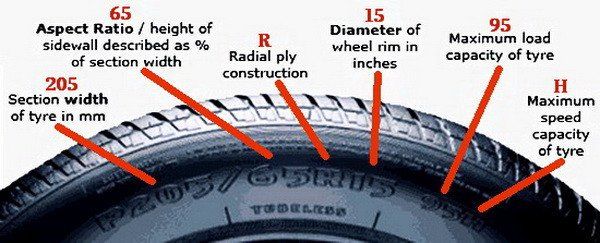
Related: The Best Jump Starters With Air Compressors for Your Car
Photo: istockphoto.com
STEP 2: Locate the tire valve and remove the cap.Each tire has a valve used to inflate or deflate it, depending on the suggested PSI and the current tire pressure. The tire valve is typically a small, black tube about an inch long with a threaded cap. It can commonly be found on the inside of the rubber wheel, protruding through a gap in the hubcap. Locate this valve, then remove the threaded cap so that the tire pressure gauge can fit over the top of the valve. Make sure to keep track of the tire valve cap because it’s very small and easy to lose.
STEP 3: Press the gauge onto the tire valve.The next step to learning how to use a tire pressure gauge is to simply press the gauge down onto the tire valve after the threaded cap has been removed. Each tire valve contains a spring-loaded valve core that automatically seals itself using air pressure from inside the tire. By pressing the gauge against the valve core, the gauge opens the valve to the internal air pressure of the tire and allows the gauge to act as the seal while simultaneously measuring the tire’s PSI rating.
By pressing the gauge against the valve core, the gauge opens the valve to the internal air pressure of the tire and allows the gauge to act as the seal while simultaneously measuring the tire’s PSI rating.
The tire pressure gauge should be held firmly against the open tire valve so that no air is escaping. If the tire pressure gauge is making a hissing sound, you need to adjust the angle of the gauge inside the tire valve until it is silent. This indicates that the tire pressure gauge is measuring the full tire pressure instead of getting a partial reading due to escaping air. To check the reading on the tire pressure gauge, simply read the slide ruler for manual pen gauges, the dial for dial pressure gauges, or the digital screen for digital pressure gauges. The ruler, dial, or screen should display the current tire pressure in PSI.
Photo: istockphoto.com
After taking the tire pressure measurement, write down the current pressure for each tire so that you don’t forget and need to check again.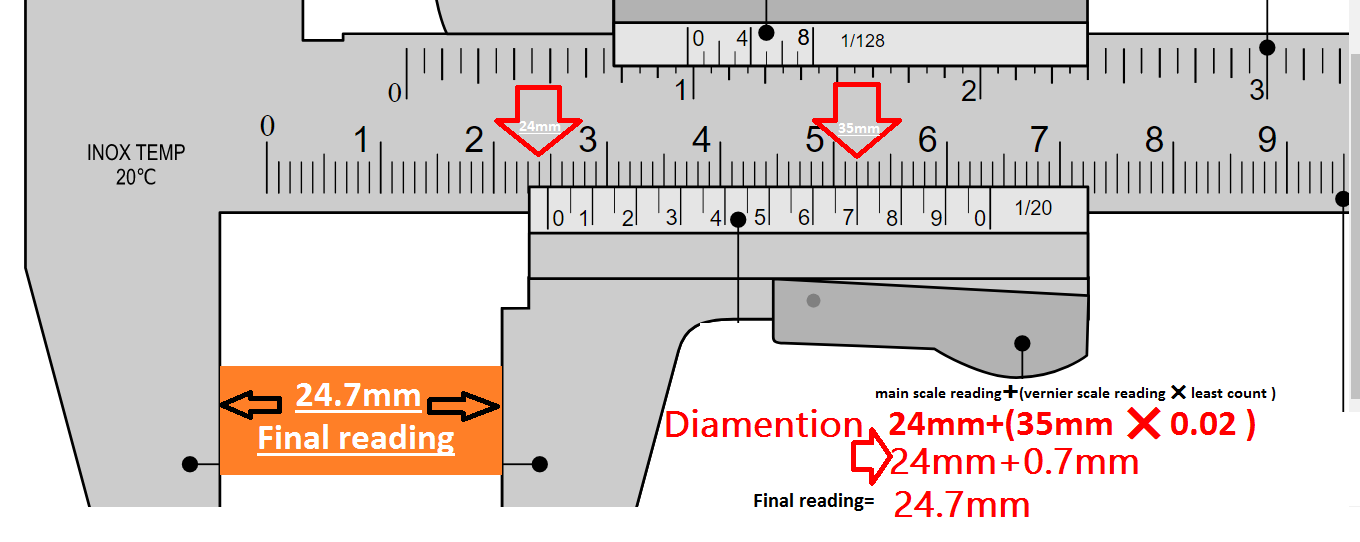 If the pressure within each tire is too high, you can easily drain some air by holding the tire pressure gauge against the tire valve at an angle, listening for the hiss of escaping air. Periodically check the tire pressure to ensure that you don’t drain too much air and stop once you reach the desired PSI.
If the pressure within each tire is too high, you can easily drain some air by holding the tire pressure gauge against the tire valve at an angle, listening for the hiss of escaping air. Periodically check the tire pressure to ensure that you don’t drain too much air and stop once you reach the desired PSI.
If the pressure within the tire is too low, connect an air compressor such as this portable inflator—a favorite in our researched guide to the best tire inflators—to the tire valve to inflate it. After inflating the tire, use the tire pressure gauge to check the PSI and make sure it is now at the correct level according to the manufacturer’s recommendations.
It’s advised to check the tire pressure on your vehicle at least once per month to ensure that you are safe while driving and not doing any unexpected damage to your tires.
RELATED: I Tried a Cordless Tire Inflator―Did It Work?
Final ThoughtsEffectively using a tire pressure gauge is a necessary skill for a driver to have in order to be certain that their vehicle is properly maintained. Additionally, by checking the tire pressure of the vehicle, drivers can ensure that they are getting the most out of each tire, instead of accidentally causing premature wear and tear due to overinflated or underinflated tires. Also, keep in mind that you can deflate a car tire with only a tire pressure gauge, but to fill the tire you will need access to an air compressor and a suitable attachment for filling tires. Consider investing in a home air compressor or find a local gas station that has one available for use.
Additionally, by checking the tire pressure of the vehicle, drivers can ensure that they are getting the most out of each tire, instead of accidentally causing premature wear and tear due to overinflated or underinflated tires. Also, keep in mind that you can deflate a car tire with only a tire pressure gauge, but to fill the tire you will need access to an air compressor and a suitable attachment for filling tires. Consider investing in a home air compressor or find a local gas station that has one available for use.
In many areas of our lives it is necessary to know how the pressure situation is. In particular, this is very important for motorists. For them, there is an indispensable device. We talk about the best pressure gauges in 2023 that will perfectly monitor tire pressure and help you be more relaxed on trips and not worry about your safety.
 Photo: BERKUT
Photo: BERKUT From the manufacturer's description, it follows that the dial gauge BERKUT ADG-031 serves not only to measure the pressure in car tires, but also to reduce it, if necessary. The model has a special valve, designed in which case to release excess air. The device should be paid attention to the owners of all-wheel drive cars who like to ride off-road. Also, the device is claimed to have increased accuracy. To avoid contamination and damage, the pressure gauge is equipped with a special protective cover. 9Ol000 - case
Reliability, accuracy
Not adjusted to real values
This digital pressure gauge can perform several functions at once. So, it is used to measure and control the pressure in the tires of a car, and is also suitable for working as a portable lamp. The device has an LED light. It is also equipped with an emergency hammer head for emergencies and a blade for cutting seat belts.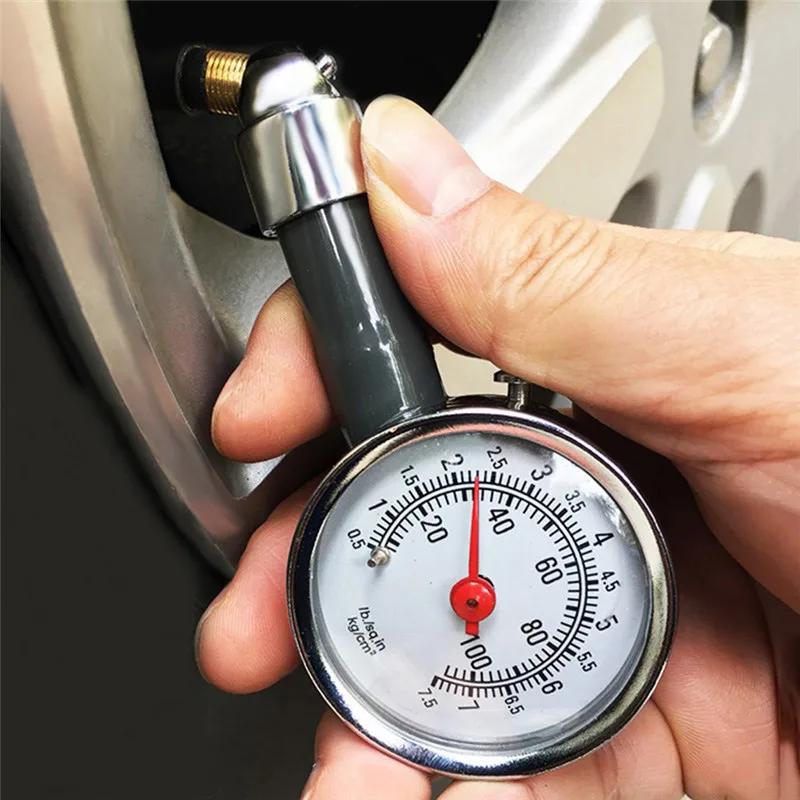
| Gauge type | digital |
| The minimum measurement value | 0.21 bar |
| Maximum measurement value | 6.9 bar |
| Additional information | built-in LED-FOR cases, seatbelt cutter |
Measurement accuracy, functionality
Awkward shape
This device is rightfully in the ranking of the best pressure gauges. It has most of the required measurement scales: PSI, Bar, kPa. The error of the first is 0.5 psi, the second is 0.05 bar, and the kPa error is 1. This indicates the accuracy of the device. The model is comfortable to hold. It is powered by AAA batteries. Additional features include a built-in seat belt cutter and a glass hammer. Such additions are designed to help in emergency situations. 9Ol000 degrees
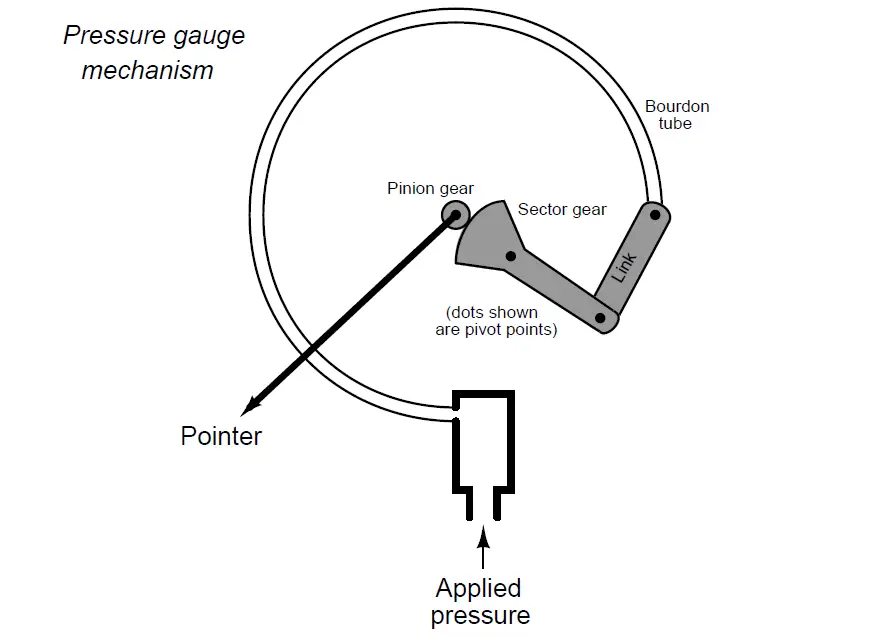 05 bar, 0.5 psi, 1 kPa
05 bar, 0.5 psi, 1 kPa Functionality, Reliability
Dimensions
of an incompetent device, designed to control the pressure in the car's tumor. He does his job very well. Users note that the model is distinguished by the accuracy of the readings. Here, a nice design catches the eye. When measured, the arrow stands up straight, does not bounce - not all devices can boast of this. The product does not slip in the hands and does not create unnecessary inconvenience for motorists.
This representative of the rating of the best pressure gauges is designed to measure the air pressure in the tires of cars, trucks, as well as on bicycles, motorcycles, ATVs and other types of transport. It works on the pointer - analog system. The metal case gives the device reliability. There is a reset button, which is also convenient. Comes with a plastic case.
There is a reset button, which is also convenient. Comes with a plastic case.
| Gauge type | Analog |
| Device | Deformation |
| The principle of operation | Pneumatic |
| The maximum measurement value |
There may be errors in readings
The model is designed to measure the pressure in car tires. Among the advantages that the manufacturer calls is a liquid crystal display that shows data, and also allows you to measure pressure in three units: ATM / PSI / KPa. Maximum measured pressure: 7 ATM / 100 PSI / 700 KPa. All readings are recorded. 9203. Photo: Golden Snail
Maximum measured pressure: 7 ATM / 100 PSI / 700 KPa. All readings are recorded. 9203. Photo: Golden Snail
Model made in China. But you don’t need to be scared, her characteristics and qualities are acceptable. The manufacturer calls this pressure gauge a portable, high-precision instrument. Like many other devices in this series, it is used to measure and control tire pressure. The maximum measurement value here is 7 bar.
| Gauge type | digital |
| Additional information | is a digital indicator |
| The maximum measurement value | 7 bar |
is quickly turned on, the accuracy of indications
is not the most convenient
Good quality model. Works with car tires. Among the advantages here is the ability of all digital brand meters to show the result on any pressure determination scale. The cost of the device is affordable, which also attracts motorists. The pressure gauge is very strong, it can work at temperatures up to 40 degrees.
Fragile design
The DAEWOO DWM 7 digital pressure gauge is another device designed to measure and monitor tire pressure. The device has a stylish design. All the information drivers need can be easily read on the LCD display. In the dark, you can also work with this device - an LED flashlight will help. 9Ol000 degrees
Convenience, design
Plastic quality
 Pump M10 Pump M10. Photo: Kachok
Pump M10 Pump M10. Photo: Kachok This digital pressure gauge is designed to timely determine the pressure in car tires. Using it is elementary. The owner must attach the device to the tire nipple, look at the screen and record the readings. Errors, according to the manufacturer, can be minimal, for example, 0.5 bar. The screen is backlit, which will help to see the data even in the dark. The device works even at high temperatures.
can be used instead of a flashlight, a convenient digital screen
No readings discharge button
to purchase such an anus must be prepared. You should not buy the first one that comes across and the cheapest one. How to choose a pressure gauge, Komsomolskaya Pravda was told by a professional driver Vladimir Arseniev . It indicates the importance of the following parameters:
The most important part. An error of 1% or less is considered acceptable. If more, then you should refuse such a purchase. The pressure is measured in bar. The maximum value for different models is different.
An error of 1% or less is considered acceptable. If more, then you should refuse such a purchase. The pressure is measured in bar. The maximum value for different models is different.
Digital with LCD displays results on the monitor. In some models, you can set the desired units of measure. It is believed that the figure gives more accurate readings. Analog devices are considered reliable, but they need to be used wisely. For such devices, errors most often occur when the upper limit of the range is reached. You need to take measurements several times to make sure the result.
Pay no attention to appearance. You are not buying a keychain, but an important thing. Trinkets, as a rule, are used for a short time. Manometers of well-known manufacturers will work properly and for a long time.
It must be greater than the possible tire pressure. In cars, a sufficient level of pressure will be 2 atmospheres.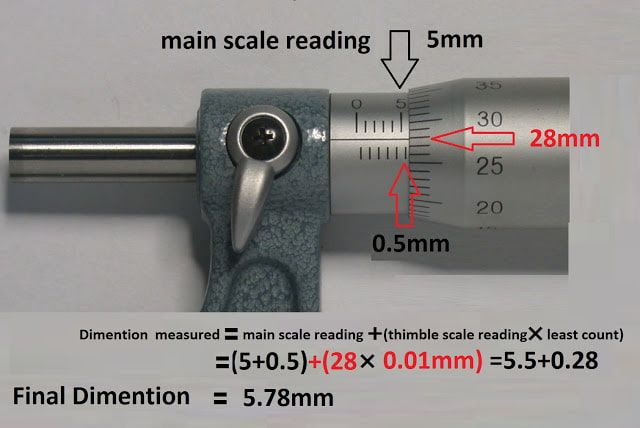 Pay attention to units of measurement - in our country, atmospheres are considered more familiar. At the same time, in some models, units can be changed.
Pay attention to units of measurement - in our country, atmospheres are considered more familiar. At the same time, in some models, units can be changed.
If you are buying a pressure gauge for your car, make sure it has access to your vehicle's tires. Often, drivers give money away and find out about it when they start work.
Flashlights, seat belt cutter - all this will not be superfluous. Stuff happens on the roads. Therefore, follow the equipment of the device.
Dave Ross, Senior Service Engineer
Pressure gauges are very small instruments. However, they are an important component of systems in various industries. The visual indication of system pressure they provide lets you know if everything is working within the required range or if a problem is imminent. An inaccurate pressure gauge may result in reduced product quality at the outlet of the system due to data integrity issues and subsequent overpressure or underpressure in the system.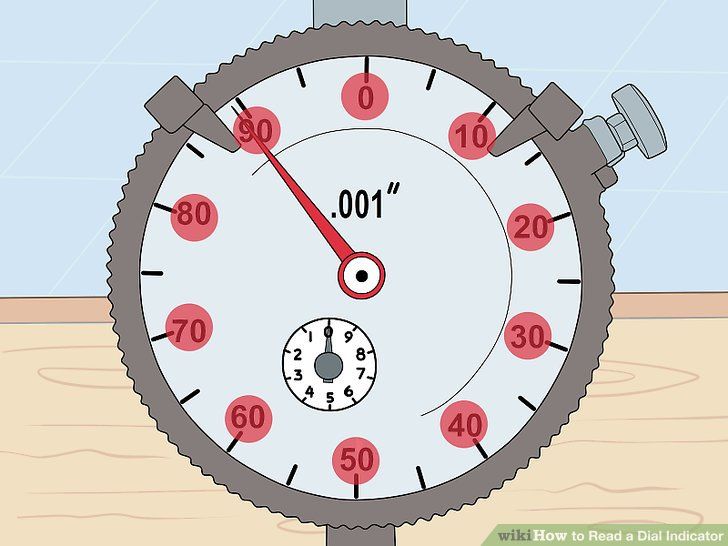 If the pressure gauge fails, process fluid can be released from the system, resulting in injury to employees, damage to the system (which will take time and money to fix), and loss of output and profit.
If the pressure gauge fails, process fluid can be released from the system, resulting in injury to employees, damage to the system (which will take time and money to fix), and loss of output and profit.
Knowing the signs and causes of an impending pressure gauge failure will help you quickly understand that pressure readings are no longer accurate and avoid undesirable consequences.
If you think your system has a pressure gauge that is not performing well, continue reading this article for red flags.
Learn about Swagelok Inspection Services
The top five causes of pressure gauge failure, symptoms, and actions that can be taken to resolve the problem are described below.
If the pointer of the pressure gauge is pressed against the limit stop, then the pressure in the gauge is approaching or exceeding the maximum value. This indicates that the installed pressure gauge has an inappropriate pressure range for the system and is not able to correctly indicate the pressure in it.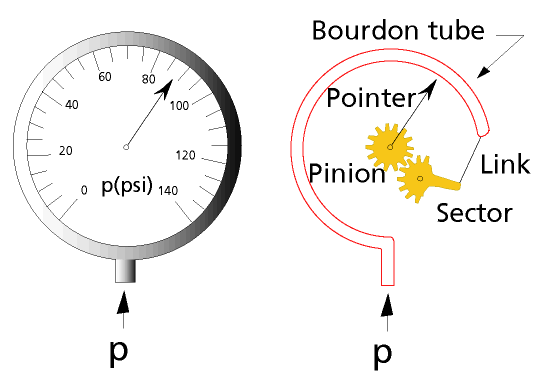 As a result, the Bourdon tube may rupture, resulting in a complete failure of the pressure gauge.
As a result, the Bourdon tube may rupture, resulting in a complete failure of the pressure gauge.
The Bourdon tube is a curved hollow tube, usually made of metal, that is placed inside the pressure gauge. This tube senses the pressure in the system and moves the pointer connected to it to display the corresponding pressure value on the pressure gauge dial.
Select a pressure gauge with a pressure range of twice the expected operating pressure in the system to increase the pressure range, or add a safety device (i.e. bypass valve) upstream of the gauge to the system. Under extreme system conditions, use a limited bore gauge (0.3 mm) to limit flow, or consider a diaphragm seal instead of a Bourdon tube design for a more reliable solution.
If you find that the gauge pointer is bent, broken, or serrated, it is likely that the gauge has experienced a sudden surge in system pressure caused by a pump turning on/off or a valve in the line upstream of the gauge opening/closing.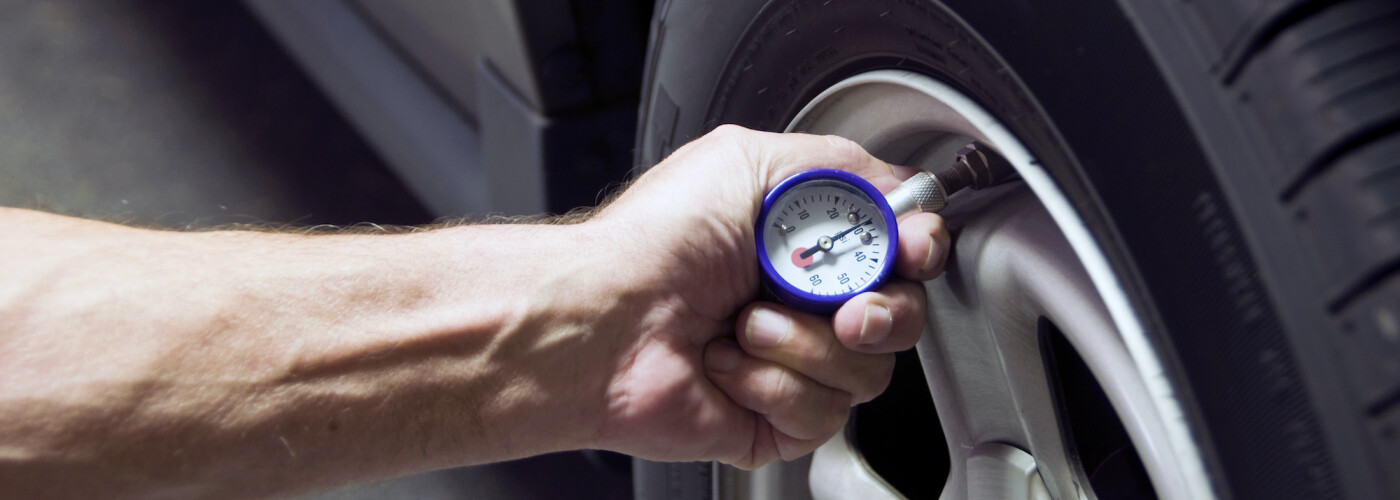 The arrow could have been damaged by hitting the stop-limiter. Such a sudden change in pressure can lead to the destruction of the Bourdon tube and the failure of the pressure gauge.
The arrow could have been damaged by hitting the stop-limiter. Such a sudden change in pressure can lead to the destruction of the Bourdon tube and the failure of the pressure gauge.
Review the system design to ensure there are no unexpected pressure peaks causing excessive stress on system components, including the pressure gauge. An alternative solution is to select a gauge with a wider pressure range to cover any anticipated pressure spikes.
A poorly adjusted pump, reciprocating compressor, or incorrectly mounted pressure gauge can result in the loss of an arrow, protective glass, protective glass ring, or back cover. At the same time, black dust or scratches left by a weakened arrow can also be seen on the dial. The vibrations of the pressure gauge are transmitted to the Bourdon tube and the vibration can destroy the moving component, which means that the dial will no longer show the actual pressure in the system. The liquid filling of the pressure gauge body allows you to dampen vibrations and eliminate or reduce unnecessary vibrations in the system.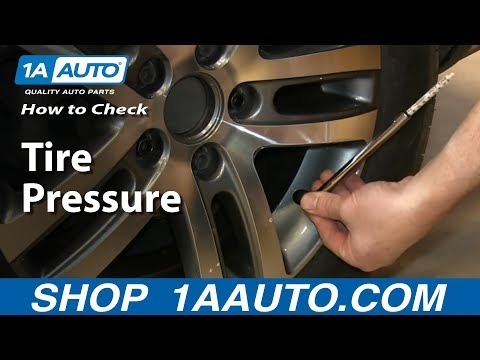 Under extreme conditions, a shock absorber or pressure gauge with a diaphragm seal should be used in the system.
Under extreme conditions, a shock absorber or pressure gauge with a diaphragm seal should be used in the system.
Frequent cycling of the process fluid in a rapidly changing direction causes wear on the moving gauge components. This condition, indicated by the oscillating pointer of the instrument, can impair its ability to measure pressure, as well as lead to the destruction of the Bourdon tube and the complete failure of the pressure gauge. In this case, the design of the system should be changed by moving the pressure gauge to a place where the influence of the speed of the cyclic movement of the medium on it will be less and the required measurement accuracy will not be affected. If it is not possible to change the design of the system, then the use of a liquid-filled pressure gauge, limited bore or shock absorber can reduce the effect of pulsation.
Learn more about how to select the best gauge for your needs
A gauge that is improperly mounted or located too close to excessively hot process fluid or system components may have a discolored dial or be filled with liquid housing as a result of broken pressure gauge components.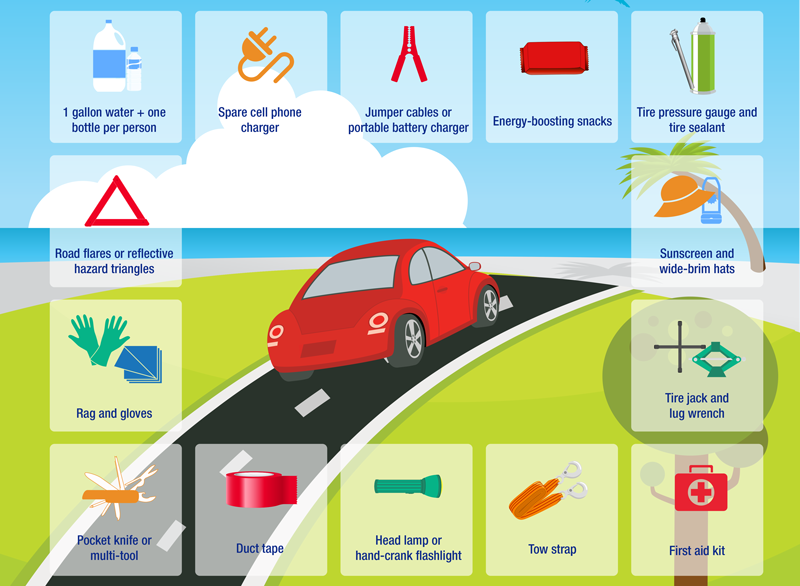 Elevated temperature stresses the pressurized system and reduces measurement accuracy by stressing the metal Bourdon tube and other gauge components. A pressure gauge with a different temperature rating will perform more consistently over the intended temperature range to which the system will be exposed. For applications with extreme temperatures, a pressure gauge with a diaphragm seal or a diaphragm seal with a cooling element should be selected.
Elevated temperature stresses the pressurized system and reduces measurement accuracy by stressing the metal Bourdon tube and other gauge components. A pressure gauge with a different temperature rating will perform more consistently over the intended temperature range to which the system will be exposed. For applications with extreme temperatures, a pressure gauge with a diaphragm seal or a diaphragm seal with a cooling element should be selected.
Any pressure gauge can fail - that's the reality. If you know how to identify an impending malfunction, you can avoid the worst possible consequences. But it is even more important to be able to choose the right pressure gauge, taking into account exactly your needs. It is often difficult to select the optimal pressure gauge for a particular system. But taking the time to analyze system needs and making an informed decision ahead of time can reduce the chance of premature failure and pay off in safer plant operation, accurate system pressure measurements, and reduced process fluid losses from the wrong pressure gauge.